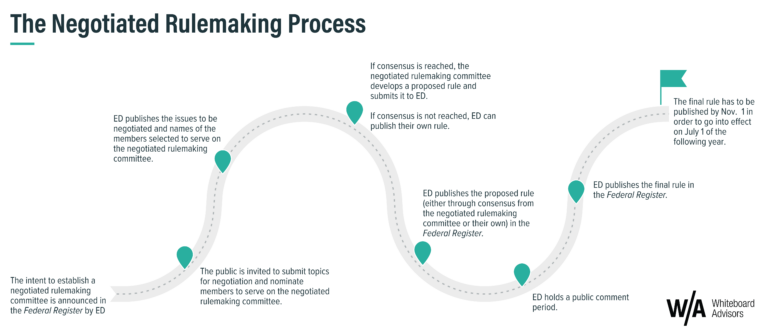Looming Fiscal Cliff: The health of school budgets is one of the most significant issues for school leaders and vendors as the new school year begins. The conditions are fair to favorable right now, but the forecast is concerning for many districts because costs are rising, state revenues are stagnating, enrollments are declining, and stimulus funds are expiring. District purchasing power will decrease.
Not all Districts are Created Equal: If you have read this far, you likely get the problem—and you also know that generalities about school district budgets are marginally helpful, at best. Facts vary across the nation’s 13,200-some-odd school districts, and the 30,000-foot view does not provide the local nuance necessary for securing new or renewed service agreements. Ground-level details matter. Money isn’t just lying around (stop asking how much stimulus remains).
Late Liquidation Reality Check: The US Department of Education (ED) is allowing “late liquidation,” but state agencies have to ask ED for an extension on behalf of districts on a case-by-case basis. That’s a lot of extra work, so do not be surprised if a school official says, “No, we cannot do that.” Technically, they can, but they may choose not to seek an extension for practical management reasons.
What’s helpful is a list of of key dates and timelines. Knowing when to engage in meaningful conversations and problem-solving helps foster relationships—and it may lead to new or renewed contracts.
Here are some key school budget dates-to-know:
Fall (October-November)
- Initial Budget Discussions: School officials begin early planning and discussions on budget needs for the next academic year.
- Revenue Forecasts: Initial revenue forecasts are reviewed to provide a framework for budget models.
- Federal Fund Planning: Planning for utilizing federal funds, like Title I, begins.
- Federal Fund carry-over decisions. Federal funds are typically available for a 27-month “period of availability.” That means the district officials have to spend federal fiscal year 2021 funds, which ED allocated in July 2021, by September 30, 2023 or they revert back to the Treasury. Some accounts have specific limitations. For example, Title I limits carryover to 15% after the first 15 months. These are off the record use-it-or-lose-it funds, so do not overlook them.
- Current Year Revisions. The new school is underway and school officials make adjustments to current year plans.
Winter (December-February)
- Budget Drafts: Preliminary budget drafts are formulated.
- Public Hearings: First round of hearings and board meetings to discuss initial drafts and gather community input.
- Federal Fund Allocations: Determination of how schools will allocate federal funds in the next fiscal year. (Congress has been late with their budgets for decades, pushing final numbers out into late Winter).
Spring (March-May)
- Budget Revisions: Officials make necessary revisions to the budget based on feedback and new state budget forecasts and numbers.
- Final Public Hearings: School boards hold the final rounds of public hearings and board meetings to finalize revised budgets.
- Final Draft Preparation for board approval.
Early Summer (June)
- School Board Approval: A school board usually approves the final budget for the school year beginning in late June or early July.
- Publication: The approved budget is published, and necessary notifications are sent to relevant parties.
Federal Stimulus Dates
Two federal stimulus packets remain available.
- The Coronavirus Response and Relief Supplemental Appropriations Act (CRRSA), Elementary and Secondary School Emergency Relief Fund (ESSER II).
- September 30, 2023. Officials must “obligate” the funds by September 30, 2023 and “liquidate” within 120 days or 4 months.
- The US Department of Education (ED) is allowing “late liquidation.” This extends the liquidation period another 14 months (or 18 months in total from the obligation date). More on that below.
- The American Rescue Plan (ARP) Elementary and Secondary School Emergency Relief Fund (ESSER III).
- September 30, 2024. Officials must “obligate” the funds by September 30, 2024 and “liquidate” within 120 days or 4 months.
- The US Department of Education (ED) will likely allow “late liquidation,” but the agency has not expressly addressed the extension yet. There is no reason to believe that the extension will not apply to ESSER III.



